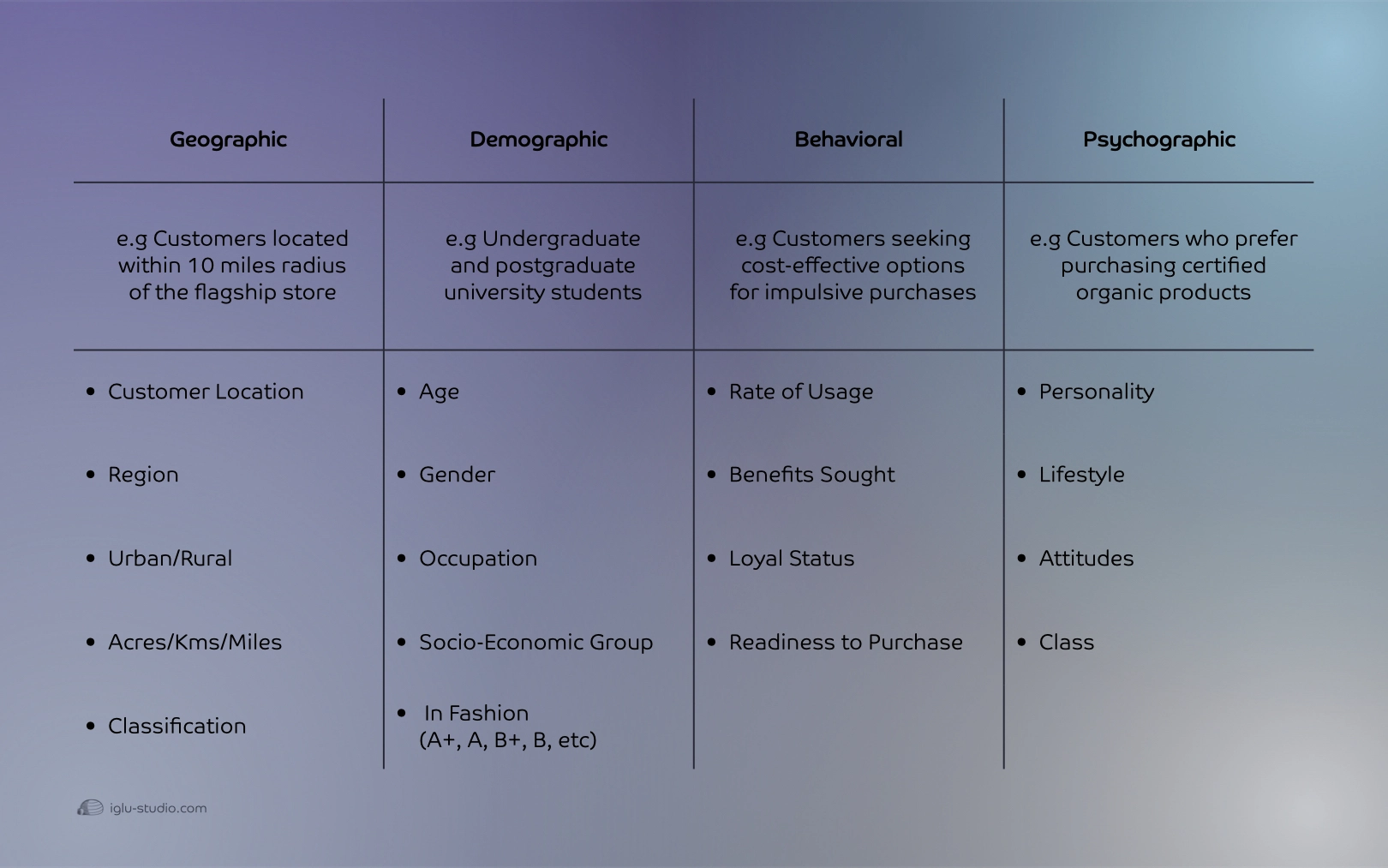Slicing the Market: A practical guide to Segmentation, Targeting, and Positioning
In our previous article “Brand Positioning: Slicing the market cake and choosing the strategic winning move”, we discussed the significance of the RSTP model. Later, in “The Importance of Research in Strategy: A 5C analysis approach within the RSTP model”, we took a deep dive into the Research stage of RSTP. Now, after conducting comprehensive and in-depth research, the Segmentation stage is where we shift from a broad market overview in Research to an organized and structured understanding. If we imagine the market as a large cake, this is where we slice it in order to identify which piece is most worth aiming for. Without a scientifically grounded segmentation process, decision-making in the next two stages — Targeting and Positioning — is more like shooting in the dark.
Segmentation allows us to say: “Our market is not a uniform mass but is made up of distinct groups with different characteristics, needs, and motivations.”

The Four Main Categories of Segmentation and Their Applications
1. Geographic Segmentation
Dividing the market based on geographical location — from country and city to a ten-mile radius around a flagship store.
- B2C Example: A coffeehouse chain may tailor its menu in coastal cities according to a preference for cold beverages, while in colder regions it may emphasize warm, high-calorie drinks.
- B2B Example: An industrial equipment company may focus its service and support teams in regions where relevant industrial clusters have a strong presence.
2. Demographic Segmentation
Focusing on demographic variables such as age, gender, education level, occupation, or economic group.
- B2C Example: An online education platform may design courses for undergraduate and postgraduate students, with content tailored to their knowledge level.
- B2B Example: A project management software provider may develop a special edition for small and medium-sized enterprises (SMEs) that is simpler and more cost-effective than the enterprise version.
3. Behavioral Segmentation
Analyzing consumer behavior and their interaction with the product — from usage frequency and loyalty to search habits and responses to campaigns.
- B2C Example: Online retailers may target customers who purchase monthly with a special VIP subscription offer.
- B2B Example: A SaaS company may place on its sales outreach list those trial users who have logged in more than five times.
4. Psychographic Segmentation
Focusing on psychological dimensions, lifestyle, values, beliefs, and brand perception.
- B2C Example: A sustainable clothing brand may market its products to customers who prioritize environmental protection.
- B2B Example: A brand consultancy may focus on startups that emphasize innovation and risk-taking in their corporate identity.
From Segmentation to Targeting: Choosing the Right Battles
Once the market has been segmented, not every segment is necessarily worth targeting. Targeting means choosing those segments that have both high market attractiveness and strong alignment with your business capabilities. Common criteria for evaluating each segment include market size, growth rate, competitive intensity, accessibility, and alignment with your competitive advantages. Factors such as Change Factors and Company — as discussed during the Research stage — provide a complete perspective on both the external environment and internal capabilities, helping ensure strategic targeting.
- Example: A luxury brand may forego the young, low-income consumer segment, even if it is large, because it conflicts with its pricing strategy.
- Example: A medical equipment company may target only top-tier hospitals because they require advanced technology and have the necessary budgets.
From Targeting to Positioning: Building a Lasting Image in the Target Market’s Mind
Positioning is the moment you decide how your brand will be perceived in the minds and hearts of your target market. This stage involves defining your Key Messaging, Value Proposition, and differentiation from competitors.
- Example: If your target market consists of mid-sized company technology managers who care deeply about data security, your message could emphasize “Security Without Complexity.”
- Note: Successful positioning reflects a deep understanding of your chosen segments.
In the RSTP model, Segmentation is the launchpad that directs Targeting and then Positioning. Scientific market segmentation, informed target selection, and delivering the right message are three interlinked chains. Without each other, your market strategy risks confusion and resource waste. Every decision in this chain empowers the next, while every mistake has a domino effect on the success or failure of your brand.
At Iglu Studio, we apply this coherent approach, grounded in real market data, to develop your brand strategy with strategic Targeting and precise Positioning tailored to your business. We help you create a distinctive place for your brand in the target audience’s mind — a position that guarantees a sustainable and impactful growth path for your business.


